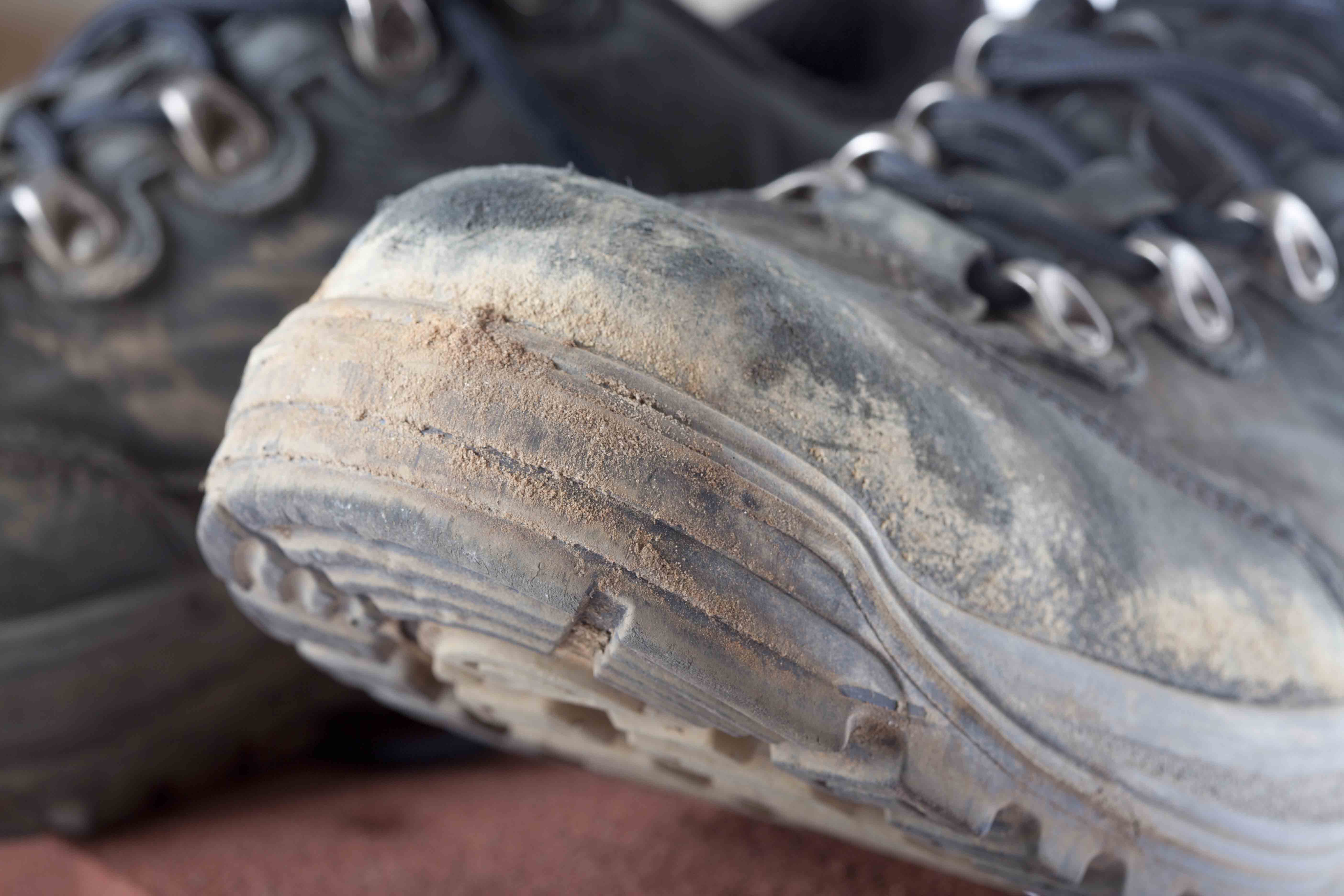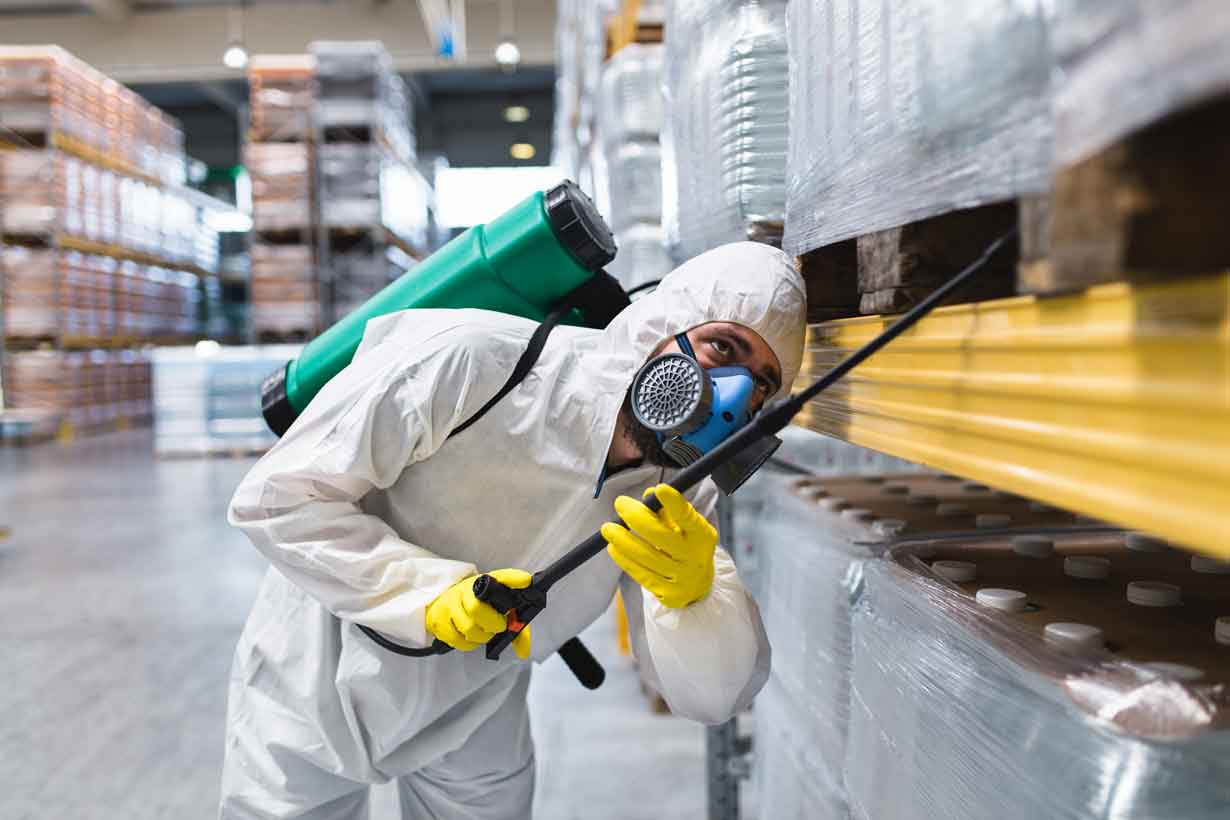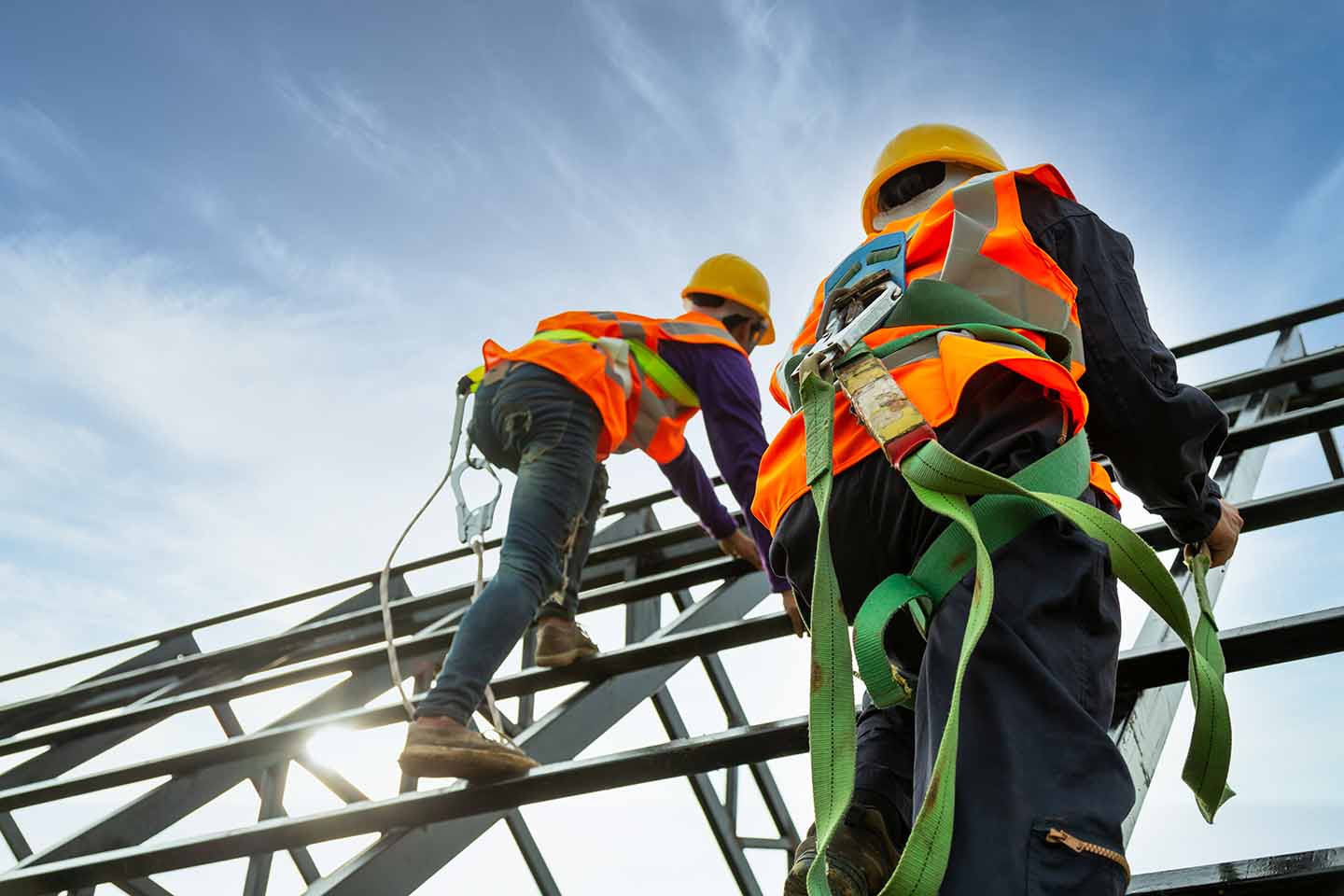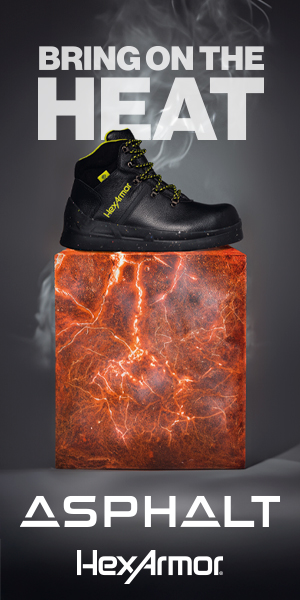

Composite-Toe Vs. Steel-Toe Boots: Understanding Protective Footwear
By Grainger Editorial Staff 11/17/19
Choosing between steel and composite toe boots depends on more than just meeting safety standards. Learn how jobsite conditions, comfort preferences, weight, and temperature considerations can help you find the right fit.
On many jobsites and in many facilities, safety-toe footwear is a must. According to OSHA, employees must wear protective footwear when working in areas where there is a danger of foot injuries due to falling or rolling objects.
Steel-toe boots are a traditional choice, but there are other nonmetallic options, including composite-toe boots, which have protective toe caps made of plastic, carbon fiber or other strong synthetic materials. So how do you decide between composite vs. steel-toe boots?
Composite Toe vs. Steel Toe: Protection
First, let’s look at the most important issue: protection.
Safety footwear manufacturers test and rate their shoes and boots according to standards developed by ASTM International. For footwear with a protective toe cap, the relevant standards are ASTM F2412 (Standard Test Methods for Foot Protection) and ASTM F2413 (Standard Specification for Performance Requirements for Protective (Safety) Toe Cap Footwear). ASTM F2413 specifies that the toe cap must be tested to withstand impact and compression. Impact and compression resistance are determined by following the test methods spelled out in ASTM F2412.
- Impact testing looks at what happens when something heavy falls on the shoe.
- Compression testing looks at what happens when something heavy rolls onto the shoe.
Since all safety-toe footwear must pass the same kinds of impact and compression tests, the bottom line is this:
In ASTM-compliant safety-toe footwear, the toe cap will offer a sufficient level of protection, whether it’s made of steel or composite material.
ASTM-compliant safety footwear is marked with a code that specifies which hazards the footwear has been tested against. In addition to the impact and compression testing, there are tests of protection against electrical shock, punctures and other hazards. Learn more about ASTM F2413 safety toe standards and label codes.
Composite vs. Steel Toe: Comfort
Once protection and compliance are taken care of, comfort becomes a major consideration.
One factor is weight. Composite toe caps are generally lighter than steel, but some argue the toe cap only adds a small amount to a boot’s total weight. Still, for workers who are on their feet all day, even a slight difference can affect how the boots feel over time. Research shows that small increases in work-boot weight can raise energy use and contribute to fatigue.
If you’re looking for the most comfortable work boots for standing all day and you want to try “going light,” keep in mind that it’s not just about steel-toe boots vs. composite-toe boots. There are many other factors that influence weight.
Take the sole, for example. According to Industrial Safety & Hygiene News (ISHN), much of a work boot’s weight comes from its heavy duty sole. Similarly, the choice of material for the boot’s upper and insulation can add or subtract ounces. So if you’re looking for work boots that offer protection in a lightweight package, consider footwear that uses the latest advanced materials for its sole, upper and insulation.
The Importance of Good Fit
When it comes to comfort, don’t forget fit. The best “comfortable” work boots are often the best fitting work boots. Here, it’s less a question of steel-toe boots vs. composite-toe boots and more about how an individual pair fits your feet.
According to Occupational Health & Safety, poor-fitting work footwear can lead to problems like blisters, foot fatigue, knee and back pain, and even repetitive strain injuries. It’s not a good idea to buy tight safety-toe boots expecting them to “break in,” since the protective toe cap won’t stretch the way leather might.
To make sure your boots fit well:
- Wear the same type of socks you use on the job when trying them on.
- Try on boots in the afternoon or evening, when feet are more likely to be swollen from the day.
- Keep in mind that composite toe caps are typically thicker than steel, which can change the way a boot fits and feels.
Are Composite-Toe Boots Better in Cold Weather?
If you’re looking for comfortable winter shoes for work, you need footwear that can handle cold weather well—and some people will tell you that composite toes are better in the cold than steel toes.
This makes sense in theory: metal is a good thermal conductor, which means that a cold piece of metal in your boot would allow the heat from your warm foot to escape to the colder environment, making your foot feel colder. Meanwhile, plastic—which is what many composite toes are made of—is a good thermal insulator that less readily transfers heat, according to NIOSH.
So what does OSHA think? According to the cold stress guide published by the agency, people working in cold weather should wear shoes or boots that are insulated and waterproof—but the guide does not include a recommendation for composite vs. steel toe. And many manufacturers offer composite-toe boots that are insulated and waterproof, making them suitable for cold weather. As with weight, this may come down to personal preference.
Security-Friendly Footwear
There’s one area where composite-toe boots have a clear edge over their steel-toe counterparts: if you have to pass through a metal detector at work, steel-toe boots will set it off.
However, not all composite-toe boots are metal detector friendly, according to one manufacturer, because they may still include a steel shank. So, if your work requires you to pass through a metal detector, you’ll need completely non-metallic shoes and boots. Passing through security is not going to be a problem for most people at their jobs, but this might be the one case where steel-toe boots vs. composite-toe boots has a clear winner.
![]() More Management KnowHow For You
More Management KnowHow For You

People Management
The Job You Want - Industrial Machinery Mechanic
This article explores the career of an industrial machinery mechanic in terms of the skills needed for the job, typical salary and career outlook.
![]() Our Latest KnowHow
Our Latest KnowHow

Facility Pest Control: How IPM Helps Safely Manage Insects
Discover safe, compliant pest control with IPM. Find tips for insect monitoring, sanitation and safe insecticide use in commercial facilities.
The information contained in this article is intended for general information purposes only and is based on information available as of the initial date of publication. No representation is made that the information or references are complete or remain current. This article is not a substitute for review of current applicable government regulations, industry standards, or other standards specific to your business and/or activities and should not be construed as legal advice or opinion. Readers with specific questions should refer to the applicable standards or consult with an attorney.











